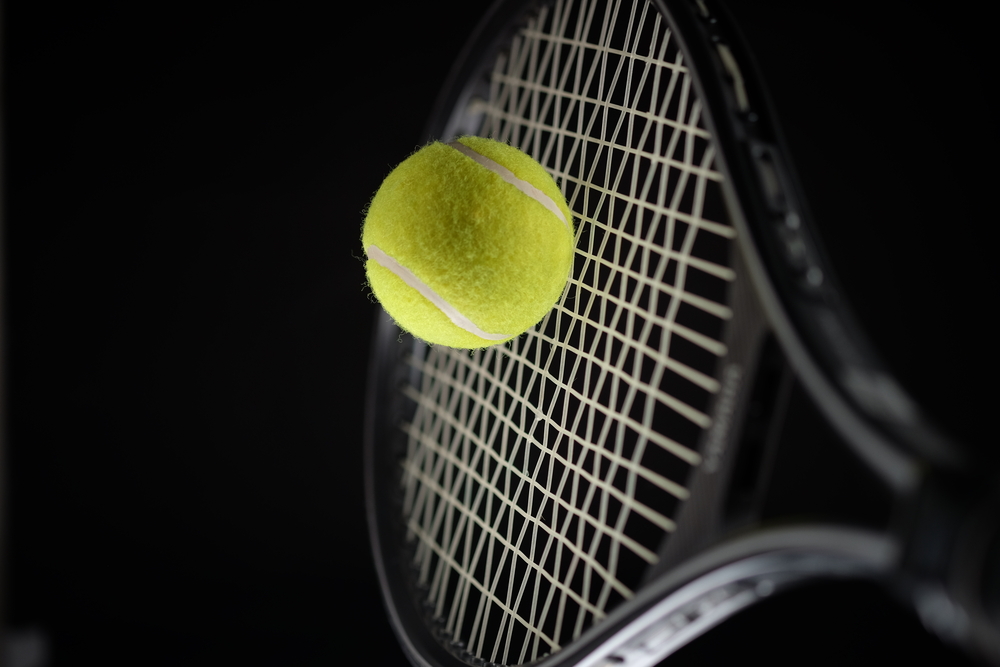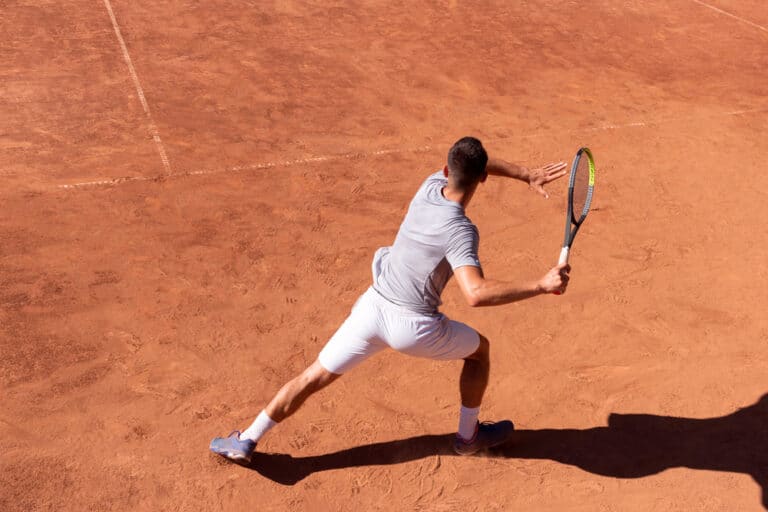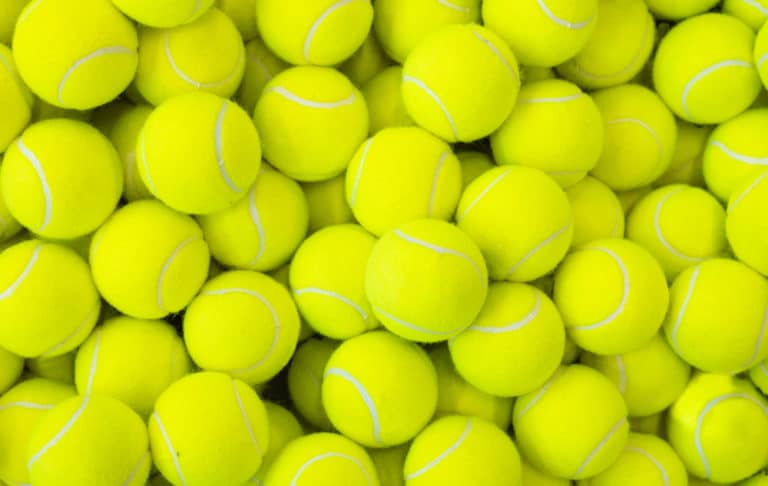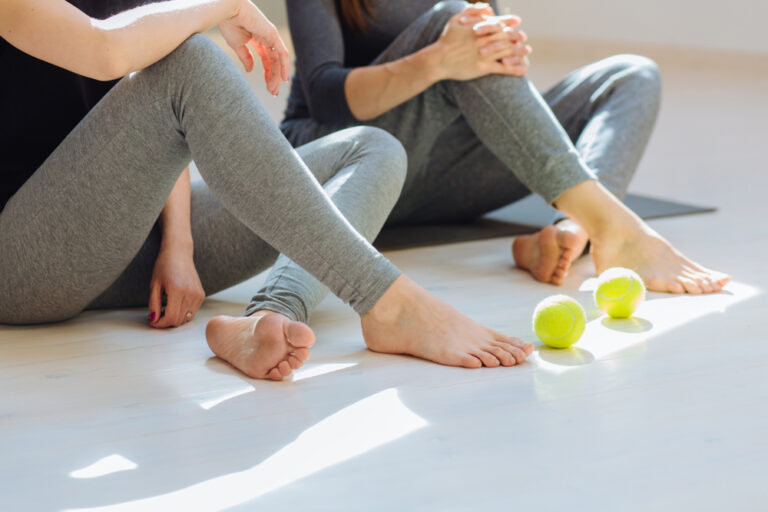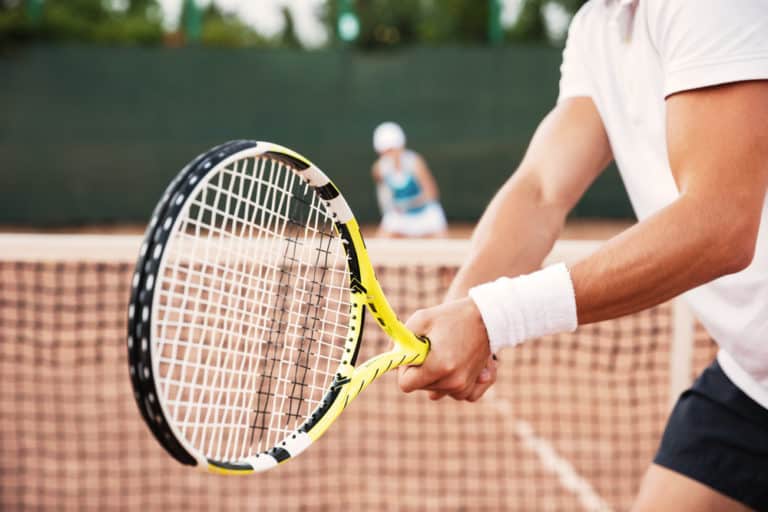Best Tension For Spin
Tennis is a well-known sport worldwide. The essential part of playing the sport is ensuring you have the best tension for your racquet. What is the best tension for spin?
The best tension for spin is between 48lbs to 54lbs. Lower tension offers more power but stringing tighter will assist with better control. Strings can lose tension over time, and pros, who use a vast range of tensions, get frequent restrings to avoid this.
Tennis players all have different tensions for spin. You look at various factors before deciding which tension is best for spin. We will aim to assist you when you get your racquet strung for the first time. Different materials are used in manufacturing a tennis racquet and other tensions. So, let’s explore the best tension for spin for you. Keep reading to find out.
Best Tension For Spin
When you choose your tennis racquet’s spin, it can be a daunting process. String tension describes the tension secured to the racquet’s frame. There is a staggering amount of string tensions and types. These string tension and types can leave tennis players no closer to understanding tension choice, leaving them confused.
It is always essential to be clear with your stringer concerning the unit measurement instead of just mentioning a number. Most of the stringers will assume you mean lbs. Usually, tensions range from 40 to 65lbs. In general, professional stringers tend to provide players with advice on how to string their racquets low while still having the ability to maintain control of the ball entirely.
Which String Tension Should You Choose?
String tension can refer to how tight or loose the strings are pulled in the frame of your racquet. Remember, the string you choose is just as essential as your racquet. There are different types of string.
Below is a list of various types of strings.
- Nylon/gut string – Beginners should play with Nylon string,
- Polyester string – Advanced and skilled players can use a full bed of polyester,
- Or a hybrid of half and half – Intermediate tennis players can start with a blend of hybrid.
Does Higher Tension Give More Spin?
It is assumed that control is linked to the ball’s ability to apply spin. If that is so, the question is, does spin depend on string tension? Players say, “high tension strings bite into the ball and will give it more spin.” The fact is, players, feel that they can achieve more spin with high-tension strings. Three possibilities arise:
(1) that the players are incorrect;
(2) that players can feel a difference in other impacts related events like more movement, or the ball travels across the racquet and incorrectly interpret it as more spin;
(3) the player, not the racquet, does something differently when playing with higher tension strings that produce more ball spin.
The Best Tension Strings For Spin
All players are at different levels and always looking for opportunities to add as much spin as possible. Topspin does not only help a lot with kicking a ball up. This gives a player the advantage, but it also helps to keep the ball inside the court.
You should know how to hit the ball and do so correctly. Any tennis coach will tell a player the most significant breakthrough to spin. The latter implies that certain strings help individual players more than others. Here is the best the 11 best tennis strings for spin.
- Babolat RPM Blast
- Luxilon ALU Power Spin
- Solinco Tour Bite 19
- Technifiber Black Code 4S 16
- Volkl Cyclone 16
- Kirschbaum Xplosive Speed 16
- Wilson Revolve Spin 16
- Turna Poly Big Hitter Black 7
- Gamma AMP Moto 16
- Head Sonic Pro Edge 16
- Yonex Poly Tour Spin
These tennis strings are the top strings for 2022. It’s tough to recommend one specific string for all players, but some strings help with spin more than others. You can look at some of the best options, and from there, players should try at least a few strings that are interesting before fully committing.
16 x 19 can be considered the most popular stringing pattern used today in racquets. This pattern is more open than the 18 x 20, which gives players extra spin, including the power needed for a fast-paced game. Most players prefer the 16 x 19 pattern more due to its increased strength and feel for the ball at impact. Here are the tension ranges adjusted for power or control.
- Nylon/Gut: about 50 to 60lbs, with powerat 50 to 55lbs and control at 56-60lbs,
- Hybrid: 46 to 56lbs- Because polyester is a far stiffer material, the string, 2lbs is looser than nylon is – powerstands at 46 to 51lbs and controlat 52 to 56lbs, and lastly,
- Polyester- 44 to 54lbs and power at 44 to 49lbs and control at 50 to 54lbs
We are aware that choosing string tension is a complicated process. If you are still unsure how this works, discuss it with your coach.
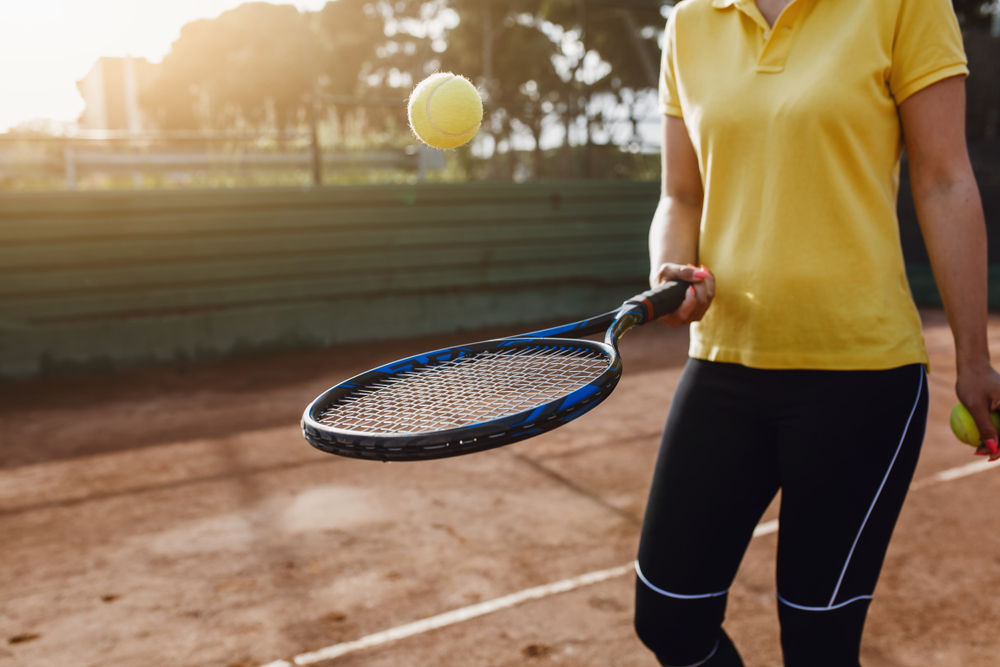
How Often Should I Restring My Tennis Racquet?
The general rule regarding racquet restringing, which most players are familiar with, is that you should restring your racquet the number of times you play a week over a year. This means if you play four times a week, you should restring your racquet four times a year. Your racquet can look visually acceptable, but the loss of tension and elasticity will decrease the string’s playability.
For players, this concept of stringing as many times per year as you play in a week is a good rule to follow. This rule applies to recreational players who string with a synthetic gut and aren’t hitting a big ball. While the amount of time you spend on the court is a significant factor, other considerations will determine the rate at which you get your racquet restrung.
String breakers have no other choice but to restring once the string pops, but there are other factors such as:
- Frequency of play,
- Duration of play,
- Level of competition,
- Style of play,
- String choice.
What Affects Tennis Strings?
There are different factors to consider when determining what affects tennis strings. These factors include temperature and cold weather. The lower the temperature, the stiffer your racquet strings become. High-tension strings are prone to break in the cold, whereas extreme heat can cause damage to your strings, including the frame.
Conclusion
Tennis ranks high on the list of the world’s most popular sports. Tournaments such as Wimbledon demonstrate the intensity of the sport. Having the right tennis racquet is imperative to the game. Getting your racquet strung correctly and buying quality racquets are all you need to have a good match!

